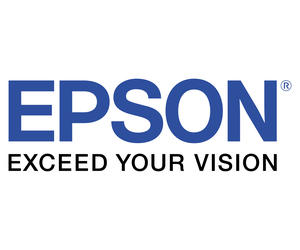HEALTHTECH: Where does the healthcare industry stand today in terms of digitalization and the continued need for paper?
ANDERSON: Over the past decade or so, the healthcare industry has made great strides to move almost exclusively to digital records and digital patient record management. However, paper is still vital at the front end of the process for things like patient intake. What we hear from our partners is that a lot of places are asking patients to preregister before an appointment through a web browser, but the reality is that most people don’t check their email. The patient gets to the front counter and needs to fill out this information longhand. Paper becomes a vital part of guest reception, and the 30 questions the doctor needs answered also require efficient input at the receptionist’s desk. That’s where Epson scanners come into play.
HEALTHTECH: What are some other key use cases for scanners?
ANDERSON: We see scanners in multiple places in the doctor’s office, the dentist’s office and at the nurse’s station. Upfront at the patient intake, there’s usually a scanner. We also see them back in the nurse’s station, where the work gets done. We also see scanners helping digitize patient records such as paper prescriptions or patient history documents that need to get into the system. And while demand is subsiding for these very large, heavy-duty scanners for churning through archives of patient records, there are still those hospitals working through a backlog of archives.
READ MORE: Learn 4 ways mobile workstations are evolving to meet clinicians’ needs.
HEALTHTECH: How do these scanners improve staff efficiency?
ANDERSON: The ability to get analog documents quickly and efficiently into the digital world is a huge timesaver. Imagine if that front-desk receptionist needed to hand-code 40 responses into an input screen for one patient — the queue would be going out the door. It’s the same thing with nurses: If they need to input multiple pages of doctor’s notes, scanning saves valuable time. Getting information into the system as efficiently as possible is where the healthcare provider receives the benefit and gains those efficiencies.
HEALTHTECH: What roles do form factor and portability play for scanners in healthcare?
ANDERSON: Part of the mission is fitting on the desk. Even something as simple as a more compact scanner in a crowded office environment means there’s more room for other equipment. Other times in the healthcare environment, it’s put on a rolling cart with a PC and printer for the hospital billing administrators. Having a compact scanner that fits on a cart, which can be attached, is a big benefit for them. If we could save 3 or 4 inches of desk space for a thousand receptionists, that’s considerable.












